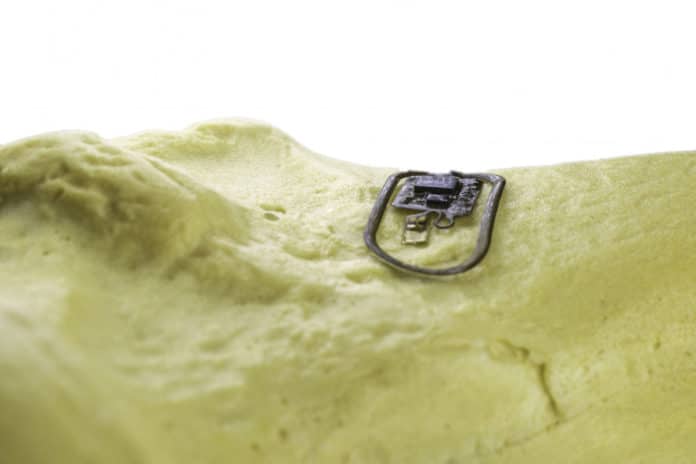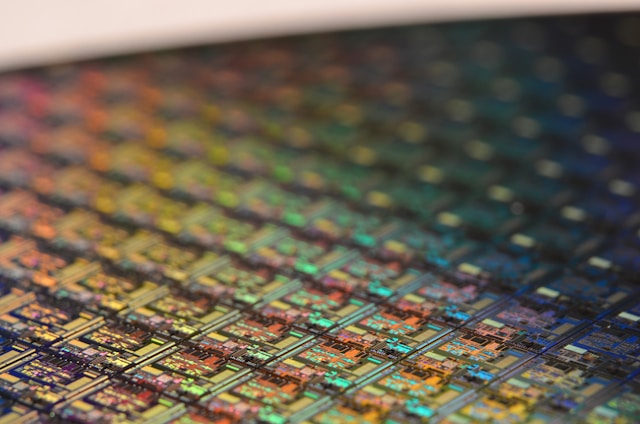A team of researchers from the Gutruf lab at the University of Arizona has developed an ultra-thin wireless device that grows to the surface of the bone and transmits bone health data.
This bone surface electronics brings closer the day when physicians will be able to monitor a patient’s bone health and healing after an injury.
The new device contains an array of sensors packed into a penny-sized paper-thin flexible case. It can wirelessly transmit bone health data to a smartphone or other device. The device doesn’t need a battery to run. Instead, power is beamed in from the outside using near-field communication (NFC), like the one used in smartphones to make contactless payments.
To keep the chip permanently fixed to the bone, researchers created a special adhesive containing ceramic particles, which allows the device to grow into the bone.
“As a surgeon, I am most excited about using measurements collected with osseosurface electronics to someday provide my patients with individualized orthopedic care – with the goal of accelerating rehabilitation and maximizing function after traumatic injuries,” said study co-author Dr. David Margolis, an assistant professor of orthopedic surgery in the UArizona College of Medicine.
The device would be particularly helpful in allowing physicians to make informed decisions. They would know how well the bone is healing to decide drug dosage levels or when to remove plates, rods, or screws.
Not tested on humans yet but researchers have tested the device on animals successfully.






